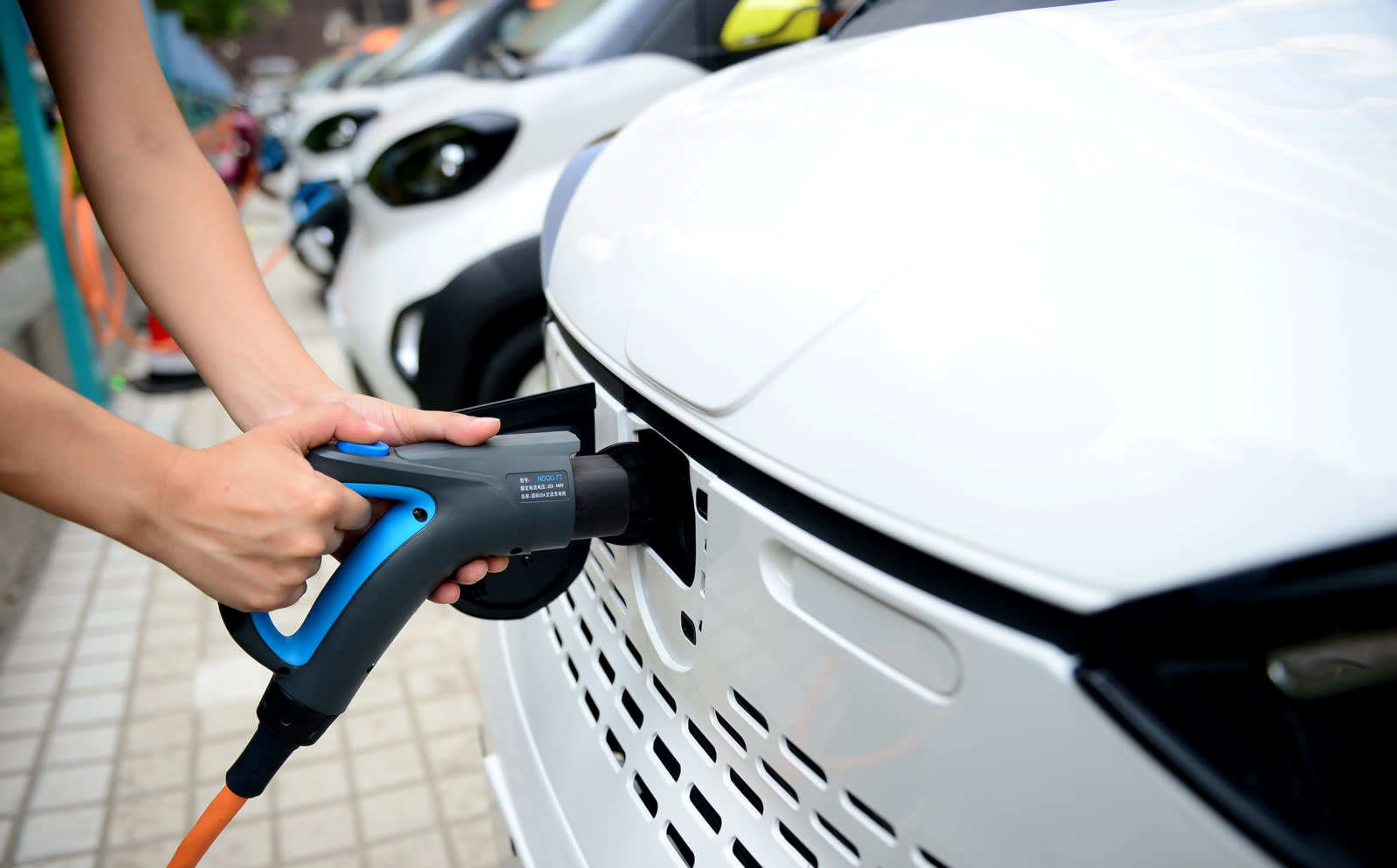China taps Japan to create single standard in faster car chargers
| |
|||
| แหล่งที่มา : https://asia.nikkei.com/Business |
วันที่โพสต์ : 23 ส.ค. 2561 | ||
| China taps Japan to create single standard in faster car chargers | |||
 A staff member hooks up a charging cable to an electric vehicle at a charging station in Liuzhou, Guangxi Zhuang Autonomous Region, China. © Reuters |
|||
|
TOKYO -- China's auto sector has chosen to work with its Japanese counterparts to create a common standard in next-generation chargers for electric vehicles, with an eye on the safety features that Japan is known for. The goal is to develop next-generation chargers with outputs of over 500 kW, or more than 10 times the current standard. That would enable quick charging of high-capacity batteries that power electric trucks and buses, and allow one charging point to accommodate nearly 10 passenger vehicles at once. China chose Japan's format because of the similarity to its own standard, as well as the recognition that safety will be key in handling such a large amount of energy. For the Japanese automotive sector, the tie-up offers a golden opportunity to promote its technology in the world's largest electric vehicle market, despite fears that the cooperation could end up allowing excessive concentration of technology in China. Sharing a common charging standard would enable manufacturers to produce electric vehicles compatible with both markets and lead to cost reduction. The Tokyo-based trade group promoting the CHAdeMO eponymous charging standard will sign a development agreement with the China Electricity Council next week in Beijing with the goal of devising a fast-charging standard compatible in both markets. The Chinese side, which developed the GB/T charging standard supervised by the electricity council, approached CHAdeMO. "A proposal from the Chinese arrived around February," Makoto Yoshida, the secretary general of CHAdeMO, said Wednesday. The group is eager to gain access to Japan's technology and expertise that support safe, rapid charging. High-capacity charging equipment for the mass market must come with such safety features as heat-resistant cables and connectors are a must. Nichicon and other Japanese manufacturers produce such components. "The Chinese side will promote the project as a whole while the Japanese side will provide the technology and know-how," Yoshida said. The affinity between CHAdeMO and GB/T helped drive the partnership. Five standards are competing internationally, including the Combo Charging System found in Western nations and Tesla's proprietary Supercharger system. Despite the large shares Volkswagen and General Motors control in China's auto market, the Chinese side ultimately chose CHAdeMO, largely because the Japanese standard uses the same communication format as China for transmitting data between the vehicle and the charger. One risk involves the prospect of Chinese manufacturers appropriating Japanese technology and know-how. "This initiative is receiving backing from both governments," Yoshida said, "and among other things, we agreed that there would be no non-tariff barriers when exporting charging equipment to China." Global sales of electric vehicles are expected to reach 11.25 million units in 2035, or about 15 times the 2017 figure, according to Tokyo-based market research firm Fuji Keizai. Though Japan would sell only 450,000 electric autos by that date, China is projected to account for 6.42 million units -- nearly 60% of the total. Given China's significance as a market, the Japanese side saw the integration of standards as inevitable. Concurrently, China is also drawing international automakers to build plants in the home market. China's Contemporary Amperex Technology, or CATL, has become the world's largest maker of batteries for electric vehicles, giving the mainland massive influence over core technologies. "Unlike with batteries, charging standards will not lead to competitive advantage for vehicles in and of themselves," said Takaki Nakanishi, president of Nakanishi Research Institute. Japanese manufacturers will need to "carefully ascertain areas of cooperation with the Chinese and areas of competition," he added. |
|||






